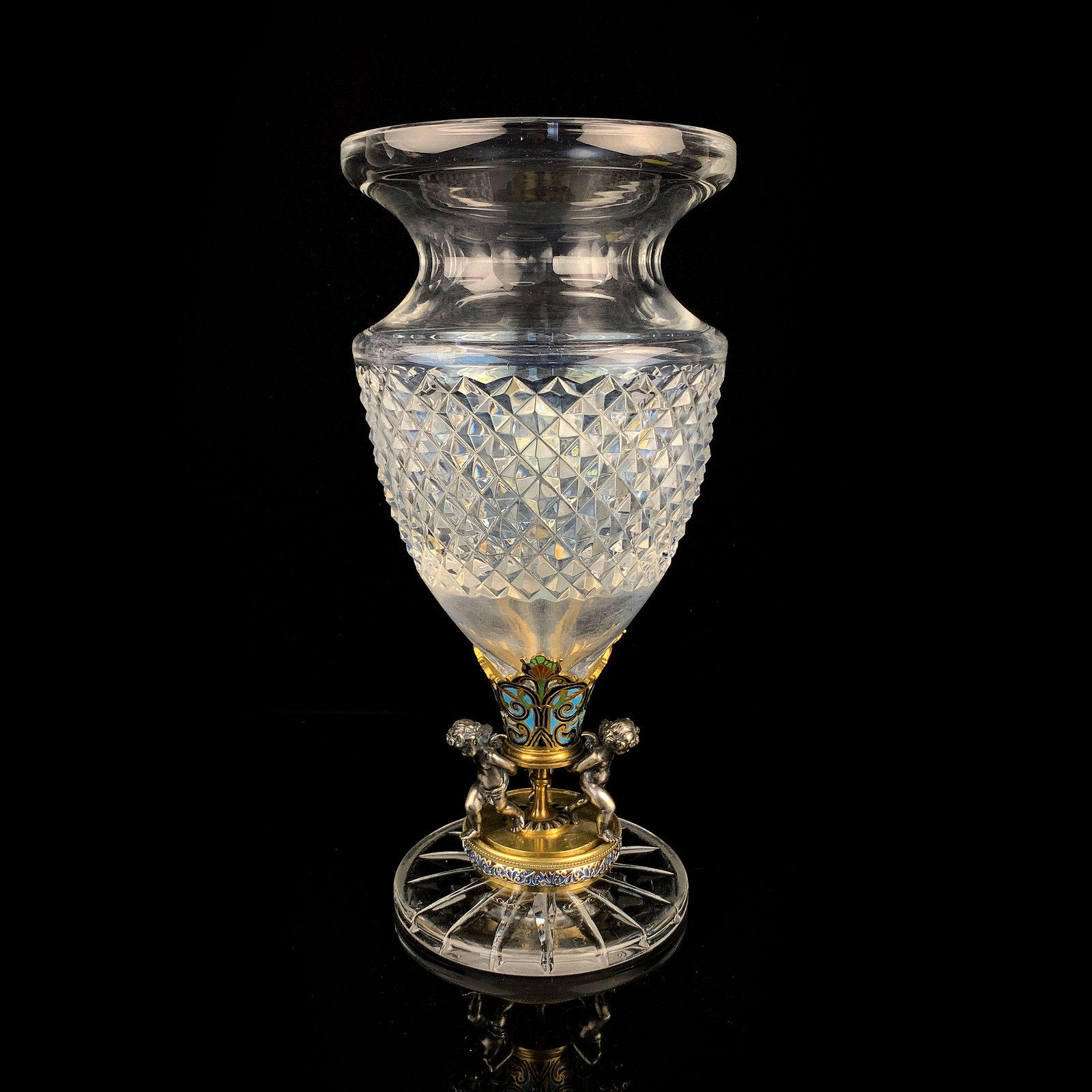Collectible glassware is one of those categories of antiques that many collectors seek out. In different parts of the world, there are many museums and exhibitions dedicated to glassware, both historical and modern. In this blog post, we discuss the history of glassware, why it is so valuable, and where you can buy antique glassware today.
Egypt is considered home to some of the most ancient masterpieces of glassware. Many glass artifacts were found in the Pyramid of Djoser that is nearly 5,000 years old. A slightly less ancient piece of glassmaking – a transparent glass cylinder seal – was found in Mesopotamia in the Ashununak region. Its age is about 4,500 years.
The earliest glass objects were ornaments. They were followed by dishes that are now considered incredibly valuable.
Glassware making methods
1. Glass blowing is a process that allows obtaining various shapes from a viscous melt – balls, vases, and glasses. Free-cut glassmaking is the most ancient way of glass production and finishing when the item receives its shape, color, and decor directly from the melting furnace. The era of Murano glass, in its turn, was based on glass yarn when threads are wound around a glass jar in the form of a spiral.
2. Venetian and Bohemian glassmaking is known for the aventurine technique that has been used since the 17th century. It is distinguished by a golden effect that is achieved by adding cuprous oxide and scale to the glass mass, which creates golden-yellow shiny copper crystals that fall out during melting.
3. Another technique used in Venice is the ice or flower style. A red-hot glass jar is immersed in cold water, which causes a network of cracks (craquelure) to form on the surface, and the glass becomes cloudy.
4. Laminated glass is one more beautiful and sophisticated technique. Blown glass is dipped into one or more colored glass masses that are sometimes applied inside the vessel. The layers are then sanded, etched, or laced to create floral patterns. This technique has been used in European and Chinese glassmaking since the 19th century.
Collectible glassware is mostly antique glassware that was handmade in Europe and other parts of the world in the last century or several centuries ago. However, limited-edition glass art items created by blue-chip contemporary artists are also of great value. They are usually very expensive and incredibly rare.
The value of collectible glassware
Overall, the key factors that determine the value of collectible glassware in the market are the reputation of the manufacturer and the rarity of the items. Item condition and age also play an important role. When buying antique glassware at an auction, you should always ask for a full description of the item, including information about where and when the object was made, what condition it is currently in, and if there are any damages.
Where to buy antique glass?
Auctions are not the only place where you can buy collectible glassware. You should also check specialized shops or contact a private dealer. If you do a thorough research, you will definitely find some great pieces of antique glassware, Georgian and Victorian glasses, historical pieces by craftsmen such as Beilby and Whitefriars, and valuable modernist items by Émile Gallé and René Lalique. Good luck!
